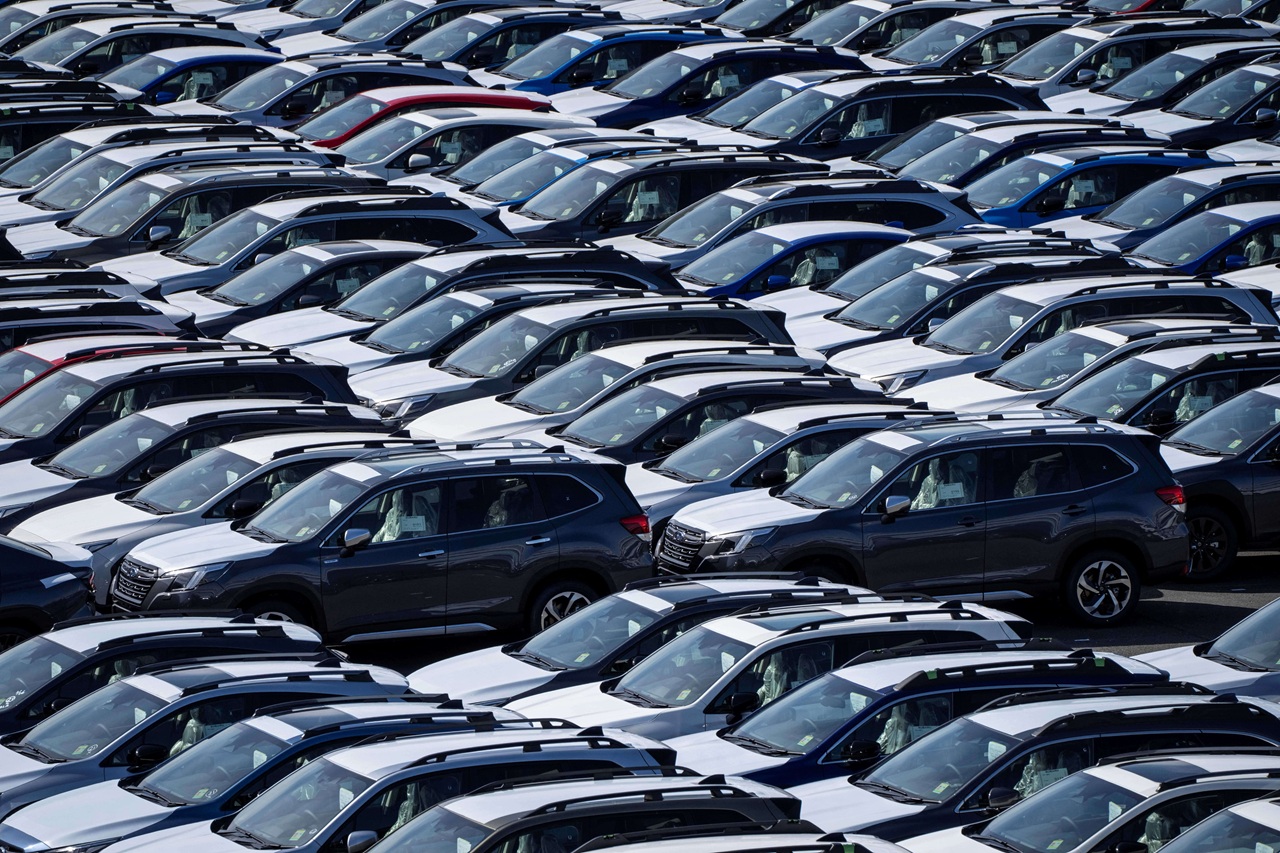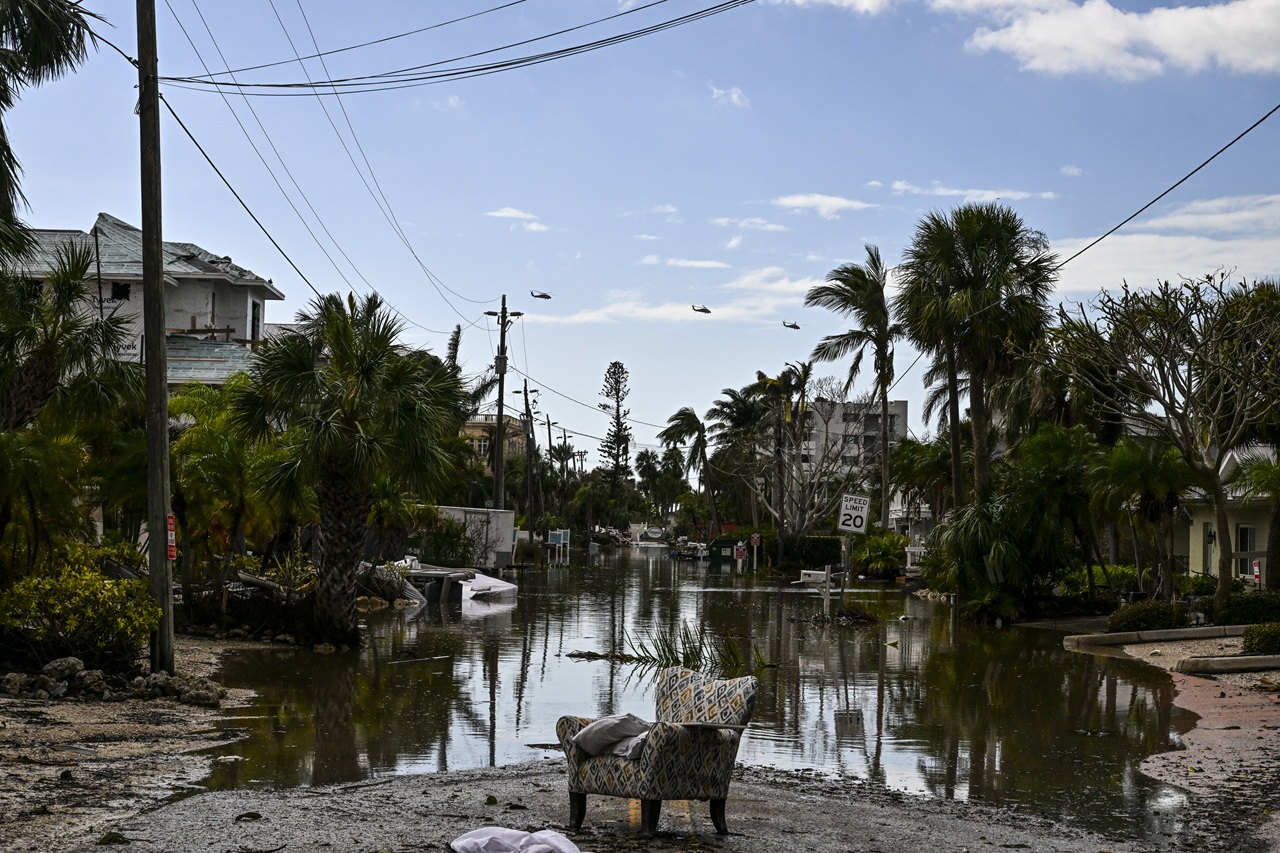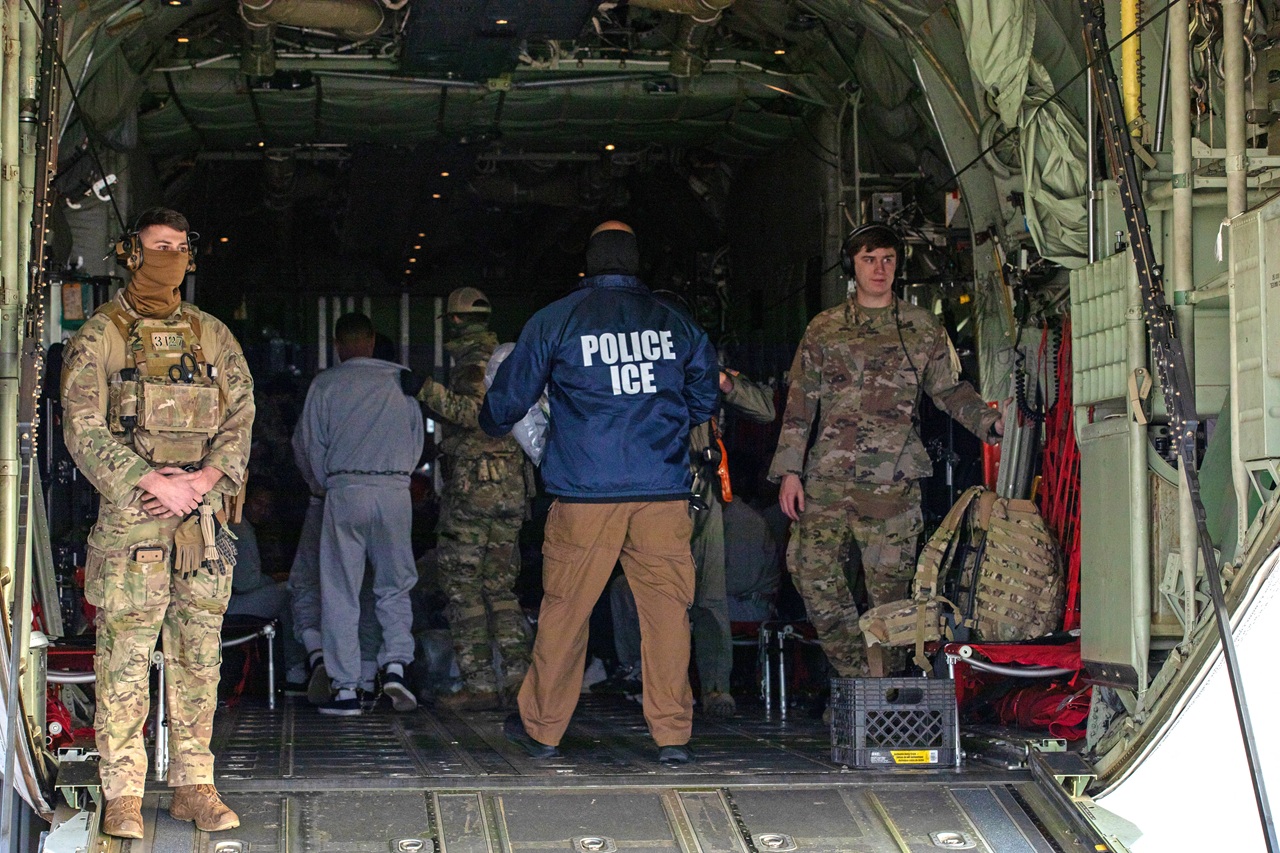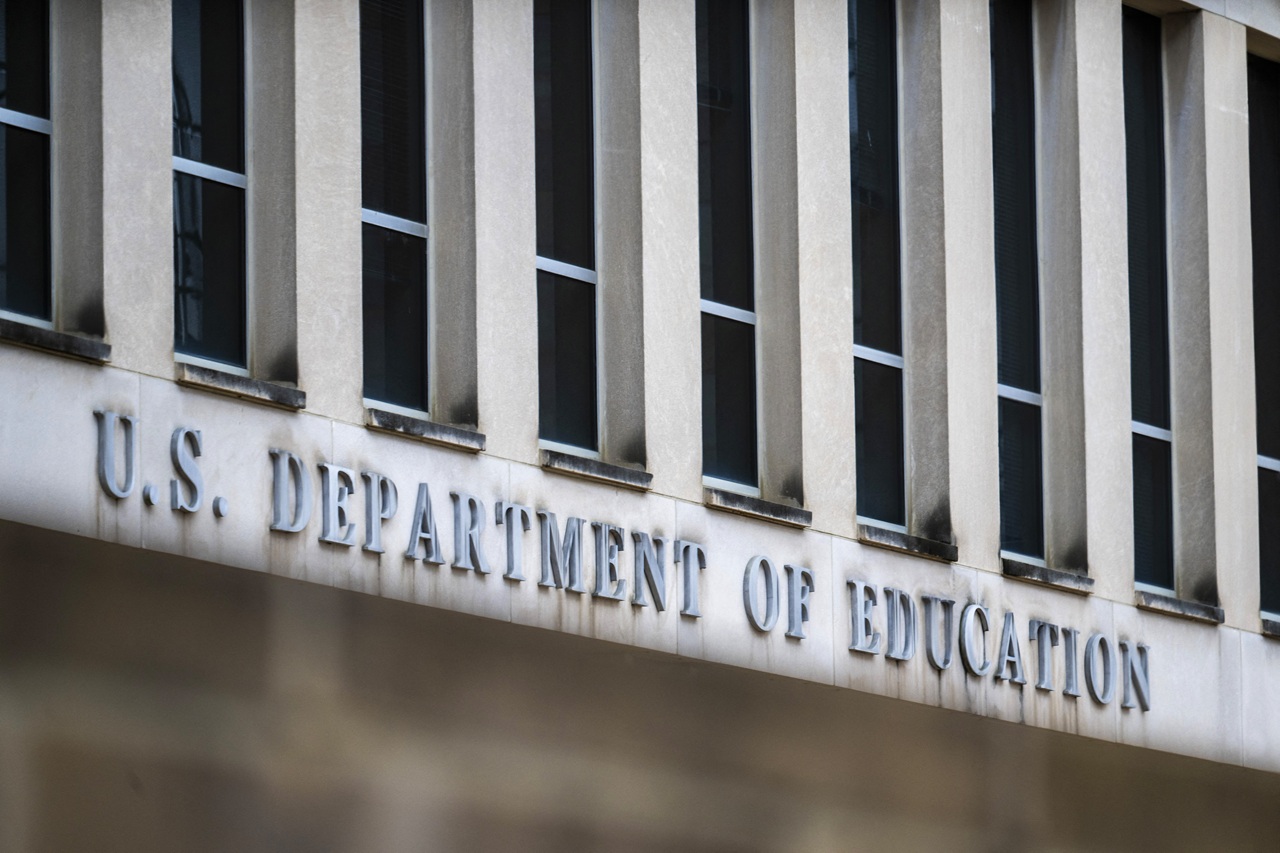
Shooting in New Zealand: when social networks are more dangerous than a gun
After the tragedy occurred in two mosques in the city of Christchurch (New Zealand), the debate between extremism, law reforms, and social media has populated…
Considered the "worst terrorist attack" in the history of the country, the shooting in two mosques in the city of Christchurch (New Zealand) that took place last Friday claimed the lives of 50 Muslims, injuring more than 40 and surpassing the annual homicide rate of the country in a matter of minutes.
With an estimated 4.5 million inhabitants, New Zealand has always been considered a developed, progressive country with one of the highest living standards, making it one of the favorite destinations for immigrants and entrepreneurs from all over the world.
However, last Friday a terrible global phenomenon reached its shores.
The Australian citizen identified as 28-year-old Brenton Harrison Tarrant would have been the brain and muscle behind a mass shooting at two Muslim worship centers where more than 300 people were gathered.
According to CNN, Tarrant used five weapons, including two semiautomatics and two shotguns, all legally acquired through a "Category A" license obtained in November 2017.
In a matter of minutes, the shooter opened fire inside the Al Noor mosque, returned to his car to recharge, fired at passersby and headed to the Linwood mosque to do exactly the same.
Approximately half an hour after the first emergency call, two police officers detained and prosecuted him on murder charges.
During his appearance in court on Monday, Tarrant fired his assigned attorney Richard Peters, refused to file an appeal, and said he wanted to represent himself in court, the Washington Post explained.
Peters assured the New Zealand Herald that the defendant "appeared to be lucid and was not mentally unstable – other than the extreme views that he held”.
RELATED CONTENT
Before the massacre, Tarrant would have published a 74-page manifesto in which he wanted to "directly reduce immigration rates on European lands," and he praised President Trump for having become "a symbol of renewed white identity and common purpose.”
For his part, the U.S. president offered his condolences to the New Zealander Prime Minister Jacinda Ardern, to whom he asked what he could do to help. In response, Ardern suggested, "he offers his sympathy and love for all the Muslim communities."
Since the beginning of his presidency, Trump has become the personification of the antagonism to political correctness, and his positions seem to have given a final push to the resurgence of extremisms such as white nationalism.
However, the alarming focus of this last armed episode was the role of social networks in spreading the message and in the "live" transmission of violence.
For Richard Perez-Peña, "the horror was designed specifically for an era that has married social media and racism - a massacre apparently motivated by white extremist hatred, streamed live on Facebook and calculated to go viral,” as he wrote in his column for the Times.
Images and videos broadcast on "streaming" by Tarrant himself populated the social networks and spread at a speed that far exceeded the capacity of the platforms to censor.
Even though the immediate response of the New Zealand government was to modify its laws regarding the carrying of weapons, it would seem that the most dangerous instrument of the contemporary era comes in digital format.
“The shooting represented a staggering corruption of a form of communication, used innocently by millions, that promised to draw people together but has also helped pry them apart into warring camps,” continues Pérez-Peña. “It also shattered a veneer of civility and security in one of the safest and most highly developed countries in the world.”











LEAVE A COMMENT: